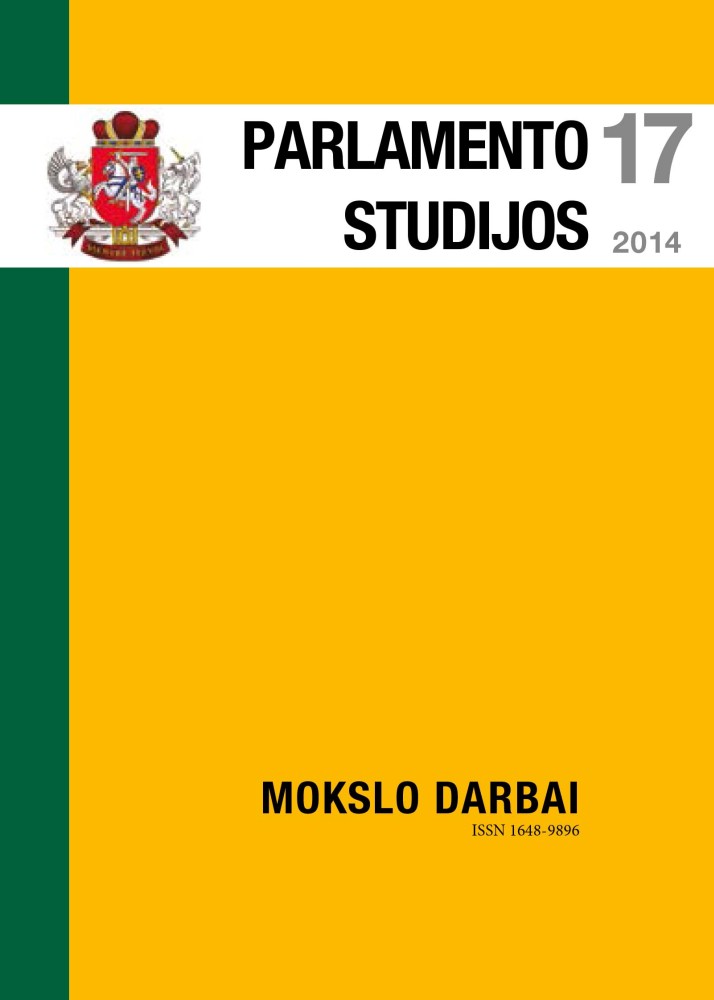European Languages Monitor (ELM): the Key Issues and Trends of Language Policy
DOI:
https://doi.org/10.51740/ps.vi17.203Keywords:
language policy, national language, official language, language status, language of scienceAbstract
The Lithuanian language has quite rapidly taken its roots in the linguistic field of the modern-day multilingual Europe. During the short period after the restoration of Lithuania’s independence the country developed a legal basis for the status of Lithuanian as an official language and set up authorities in charge of the regulation and supervision of the Lithuanian language. The current Lithuanian language policy is multifaceted, dealing with such issues as the consolidation and protection of the status of Lithuanian as an official language, the relationship between language and society, scientific communication in the national language and other issues that are vital in other European countries as well.
The language policies pursued by different countries and their linguistic diversities have much in common and form a quite homogeneous linguistic picture of Europe, the characteristics of which are discussed in this article. European Language Monitor (ELM) has been developed as a project of European Federation of National Institutions for Language and provides detailed information on the use of the various languages in essential national and transnational domains at a given time and on how language use in these domains changes in the course of time. ELM intends to establish a rich and complex empirical basis for the development and evaluation of national and European language policies. It is conceived as an online system to collect data and provides detailed up-to-date information on the linguistic situation and its development in the various member states of the European Union and possibly, also, of other European countries. The collected data is used to assess the level of the legal regulation of national languages and the changes of language use in various public areas. The survey focuses on the following aspects: the general linguistic situation, legal regulation, the use of language in education, the media, business and the dissemination of languages.
The picture of European languages represented by the project ELM 3 is quite diverse. Nevertheless, it reflects policies that are common for all countries and helps achieve the following key objectives:
- to establish the clear status of official languages,
- to define the relationship between languages,
- to enforce the teaching of official languages and their use at all education levels,
- to ensure possibilities to obtain and spread information,
- to promote the dissemination of language outside the country.
Language policies and the methods of their implementation may differ. Nevertheless, the Europe-wide survey helps to identify negative language phenomena that have already emerged in one or another country and differentiate the random trends that are unlikely to negatively influence the development of language from those that may lead to the invasion of foreign words, for example in the scientific language and digital environment. The language policy has become an inseparable part of the Lithuanian state policy, meeting the political, administrative and social needs of the civil society. The language policy is developed not only by drafting language policy legislation; it also evolves through the common cultural and linguistic context. In order to promote the use of the standard Lithuanian language it is necessary to educate society, arrange public discussions and develop the language policy. Language legislation must be adopted and reviewed in due time – and not only legal acts regulating separate areas of language but also the constitutional Law on the State Language which consolidates the key provisions of the language policy.








 The metadata of the scholarly journals and publications of the Lithuanian National Martynas Mažvydas Library is distributed by
The metadata of the scholarly journals and publications of the Lithuanian National Martynas Mažvydas Library is distributed by 